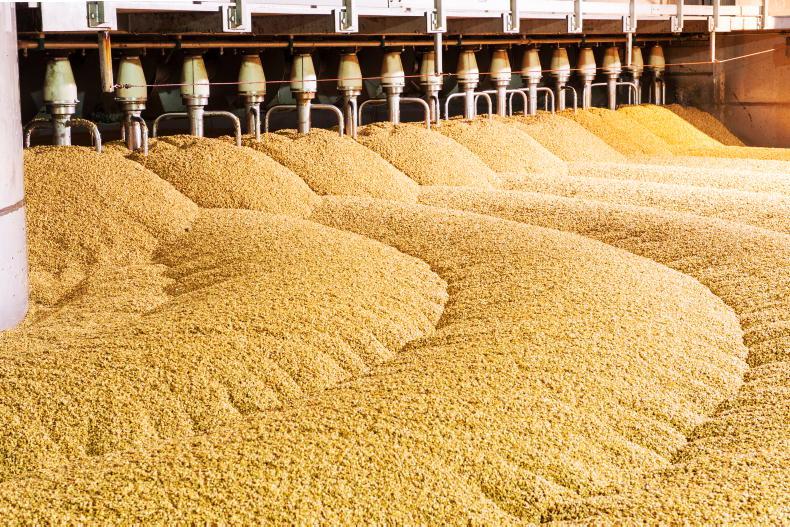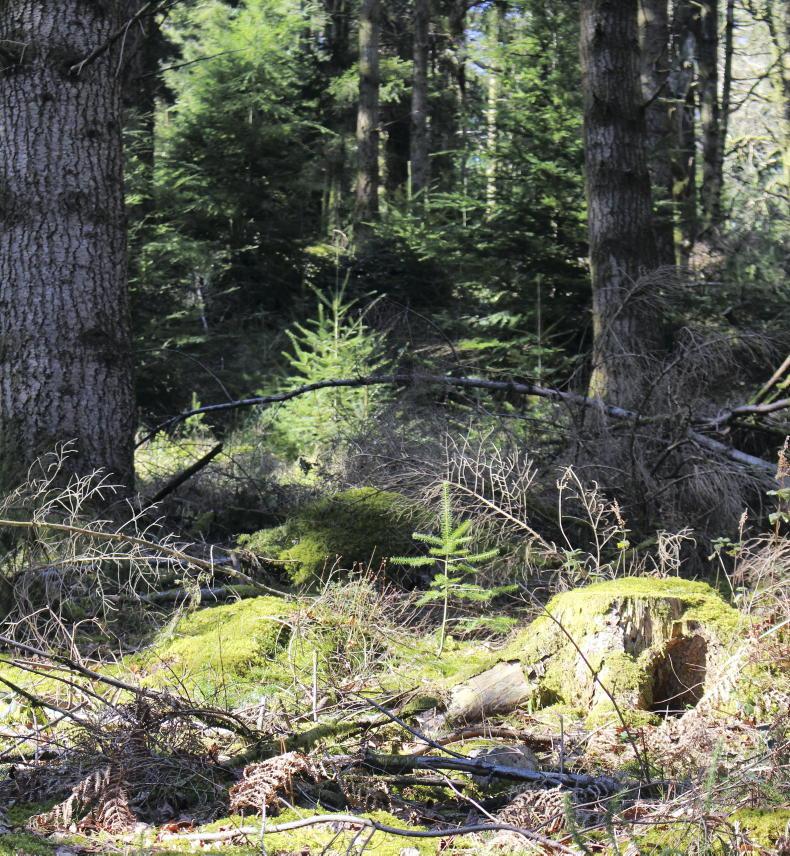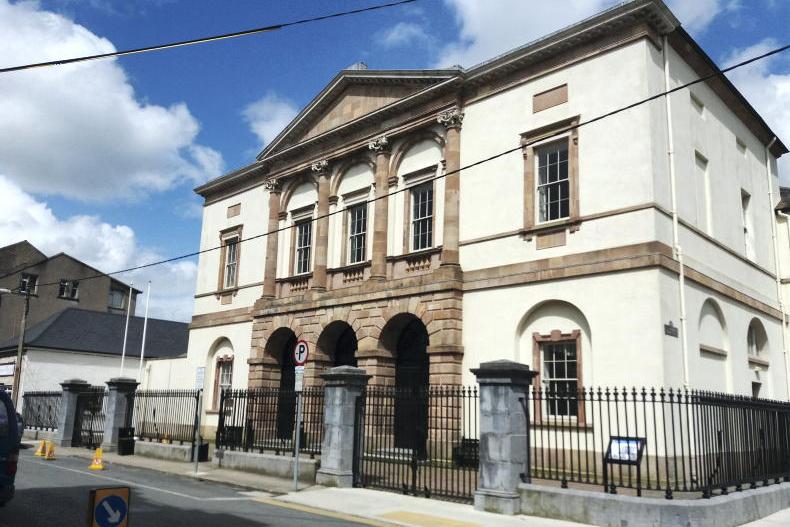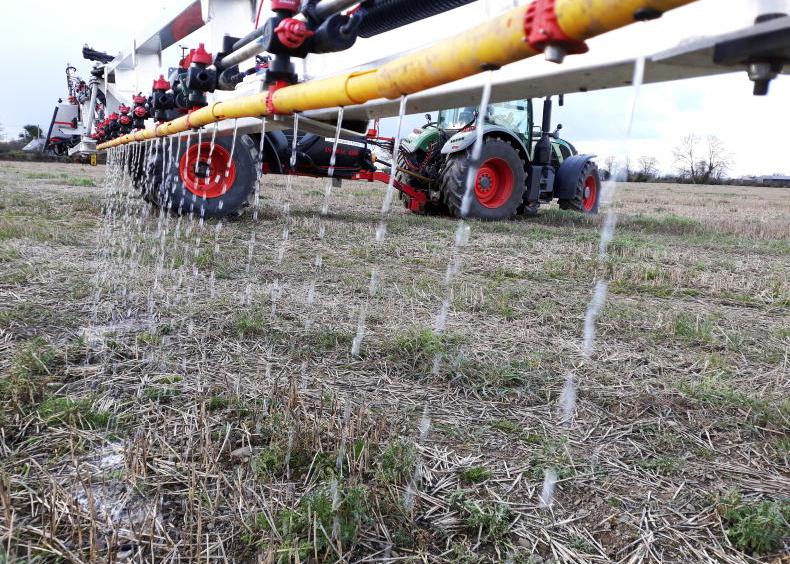The number one question I hear asked by farmers when the topic of climate change and mitigation comes up is, “is the carbon under my grass and in my hedgerows counted?” The answer to that question in short is yes, but we could do it a lot better.
First up, we need to know where to look for that answer.
The carbon taken in and stored, also known as sequestration, is actually not counted under agriculture but under a different category of emissions and sinks known as land use, land use change and forestry (LULUCF).
At first, this separation may seem an oddity, given that agriculture is our largest land use, at nearly two-thirds of all land, and actions taken for farming such as drainage hugely affect emissions from soil.
However, this split is a requirement under international reporting placed on the Environmental Protection Agency (EPA).
The reason for the separation at global level is this category also covers non-agricultural land use such as peat extraction and at an international scale land use is often more complex than here.
So, if we want to see what is actually being measured under LULUCF, where would we look? Well, the EPA publishes a national inventory report each year which lays this out.
Grassland on non-peat mineral soils is taking in 1.98m tonnes of carbon per year
At 503 pages long and numbers-dense, it makes for wonderful bedtime reading. It lays out all the ways the EPA calculates the emissions from each car, every industrial plan and what we are burning for energy over the year.
More importantly, this inventory shows that grassland on non-peat mineral soils is taking in 1.98m tonnes of carbon per year.
So, the carbon stored in each hectare is measured, sucking down half a tonne of carbon per hectare per year on the majority of our soils.
Problem
However, the problem is that all of this is undone by the estimated nine million tonnes of carbon released from our drained peat soils every year.
This means the grassland on peat, which is only 8.1% of all grassland, results in Ireland’s grassland being counted as a net emitter.
So, what about our hedgerows? No one with any sense could ignore the rich network of hedges that are so unique to the Irish landscape.
Much of it, sadly, may not actually benefit farmers from a carbon viewpoint unless considerable changes in practices are adopted.
Climate agreements
International climate agreements set a year as a base to calculate cuts in emissions for all countries and these are often based on when the most information on emissions and sinks has been gathered.
A base year of 2005 is laid out in the Paris Agreement. The downside is that any carbon already stored in a hedgerow in 2005 is a baseline.
Currently, none of that carbon in those hedgerows is included in the EPA’s national inventory for one simple reason. No one knows how much there is or how much there was back in 2005.

For forestry, we have good standards for how much each species takes in and estimates of hectares covered but hedgerows are much more varied.
On my farm alone, we have narrow 20ft-high hedges of blackthorn, thick short double hedges of whitethorn mixed with alder trees and oak, stretches of gappy mixed species, etc.
Due to the lack of standard size or management, unlike forests, we can’t simply say there are so many miles of hedgerows and those hedgerows store so many tonnes of carbon.
There are now long overdue efforts to map the hundreds of miles of these hedges, but like the forest we will need to increase the amount or the height and width of our hedgerows to get a carbon benefit.
Consider a forest.
If a forest was mature in 2005, it had the maximum carbon storage possible on that area. Cut it down and burn it, and you have emissions. Replant it, and you only return to zero again. To increase carbon sequestered in woodland, you need to add extra acres of forest sucking down carbon.
One day perhaps, along with your profit and loss, you might be looking at your carbon balance sheet every year
As I said above, though, while most of the carbon stored in soils is measured, more work is being done.
First, a major investment has been made to more accurately measure the amount of carbon being stored by soils and how much is released with so-called “flux towers”. The good news is early results have been encouraging.
Combined with measuring and improving how we manage our hedgerows, farmers could see real benefit. One day perhaps, along with your profit and loss, you might be looking at your carbon balance sheet every year.









SHARING OPTIONS